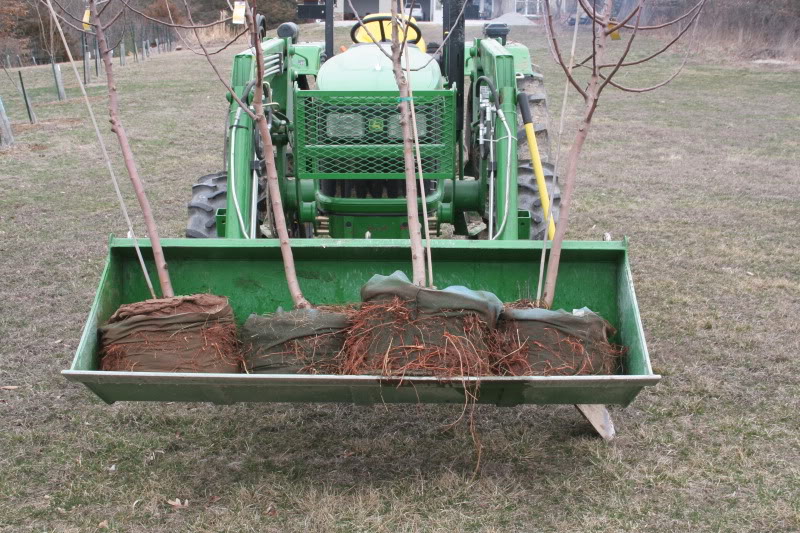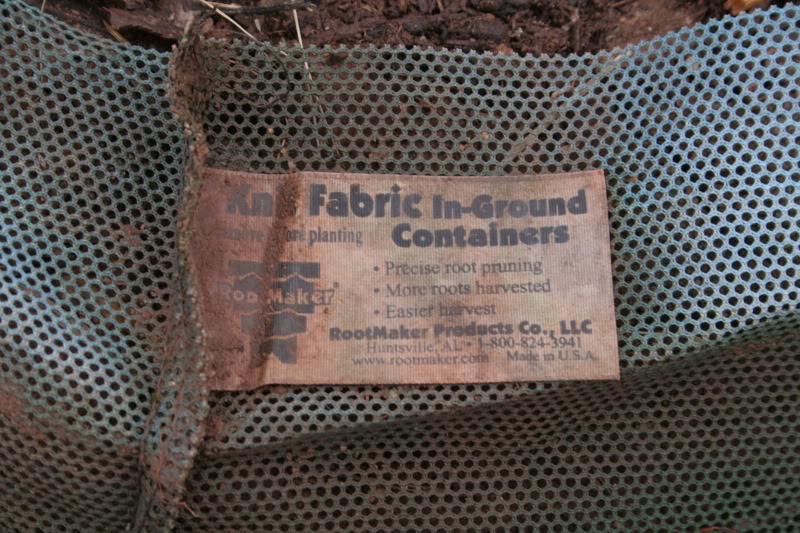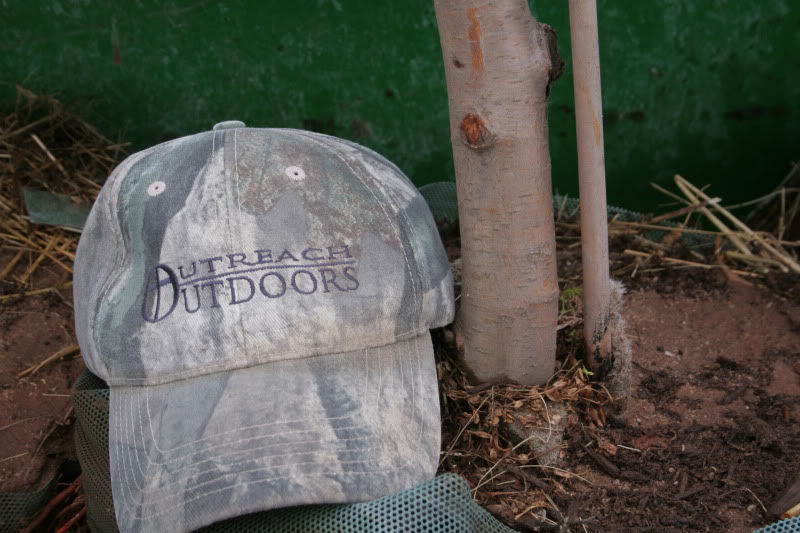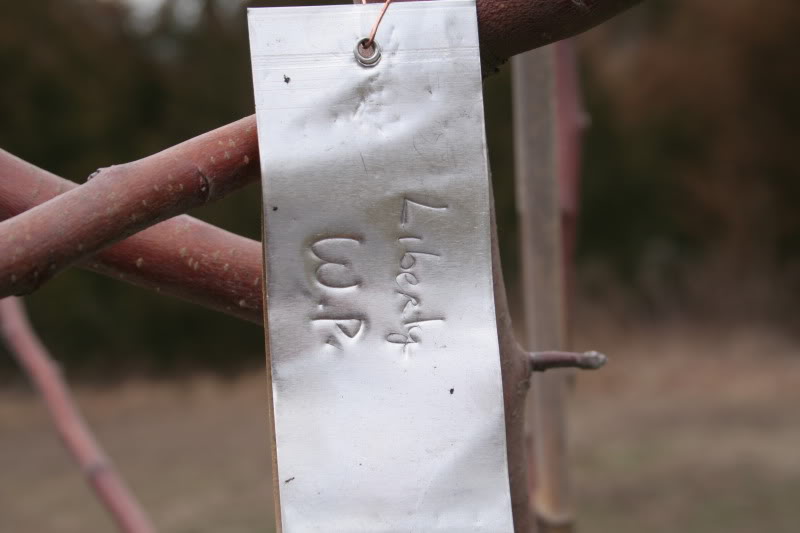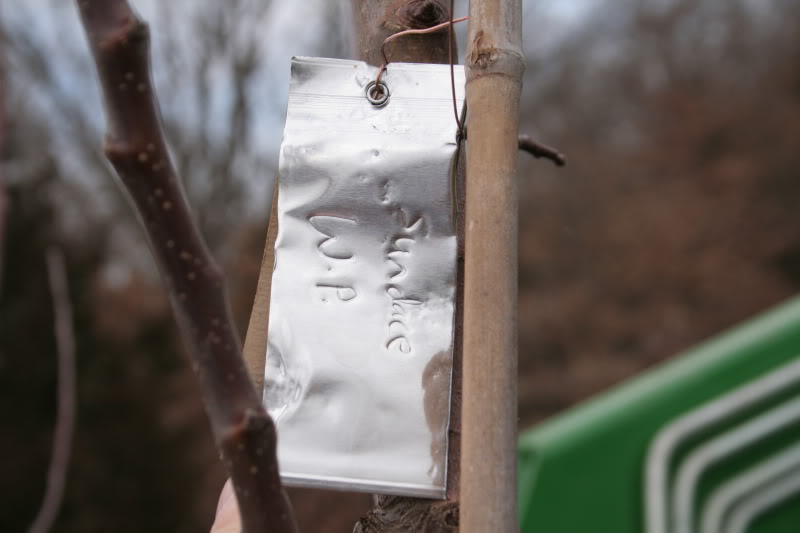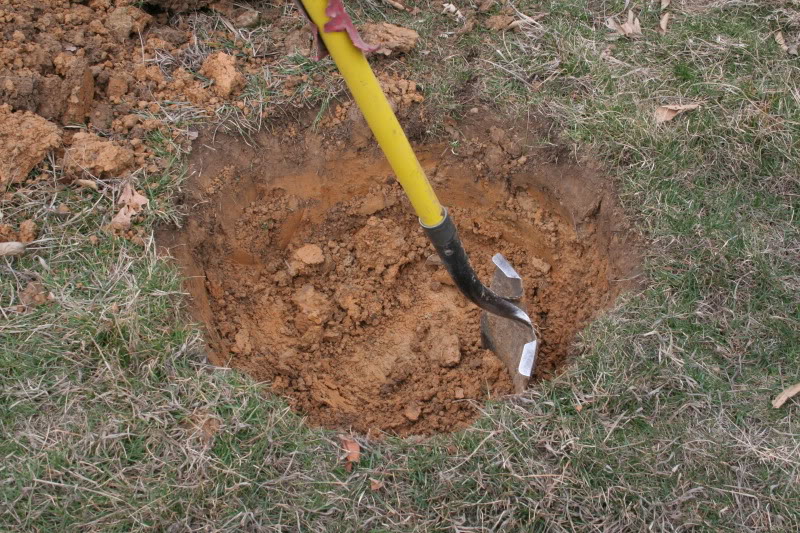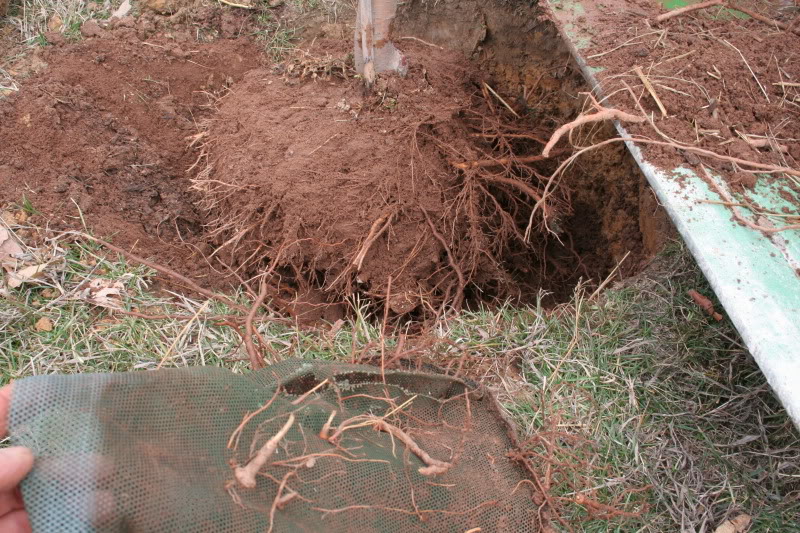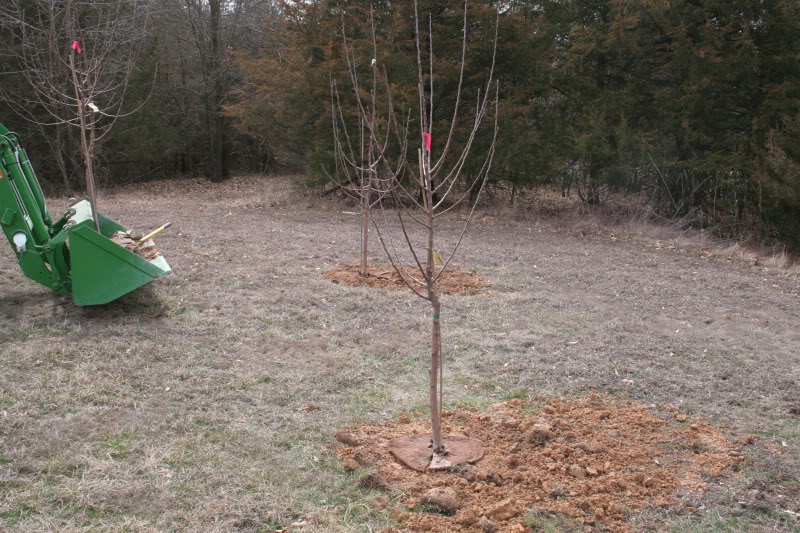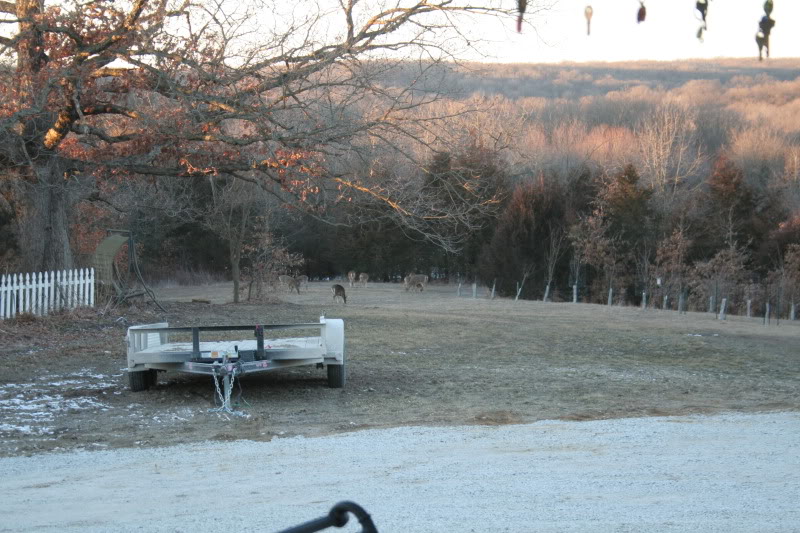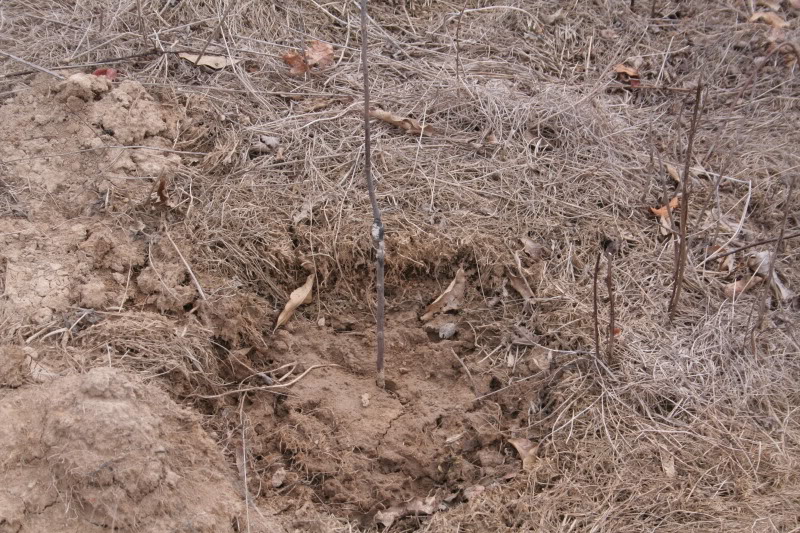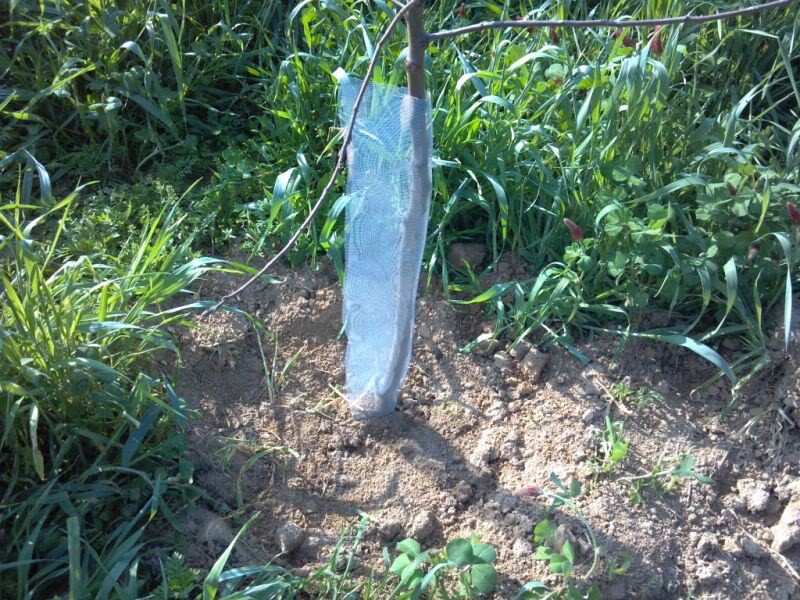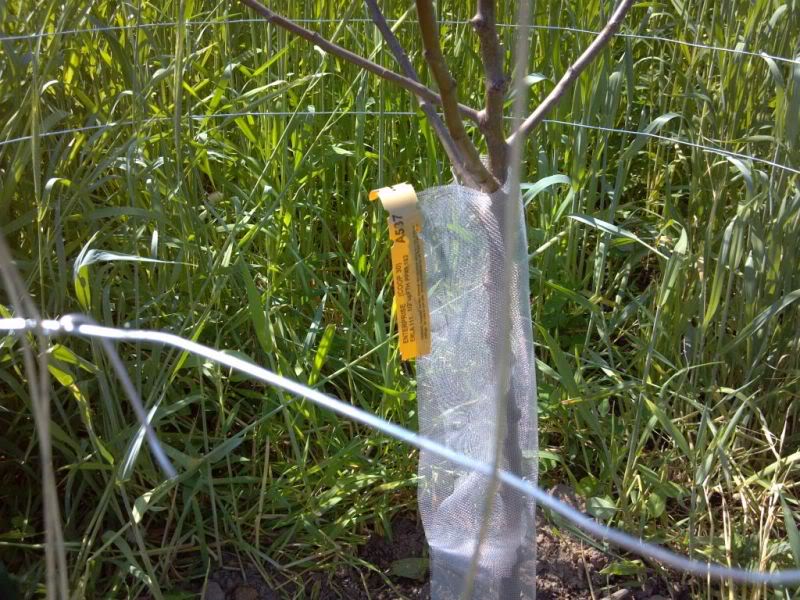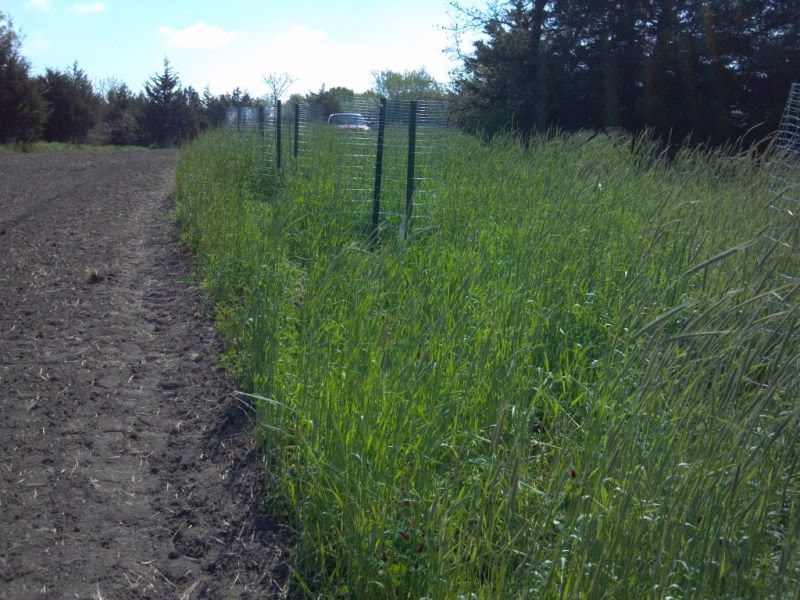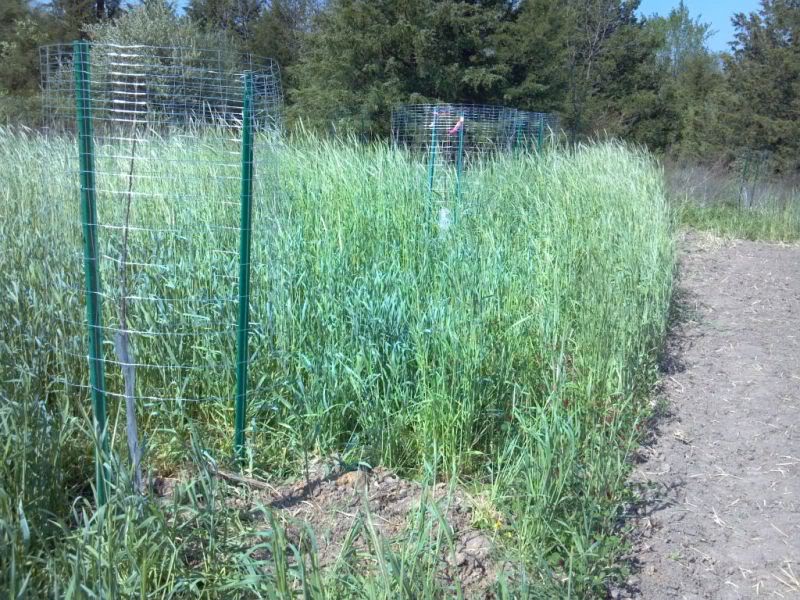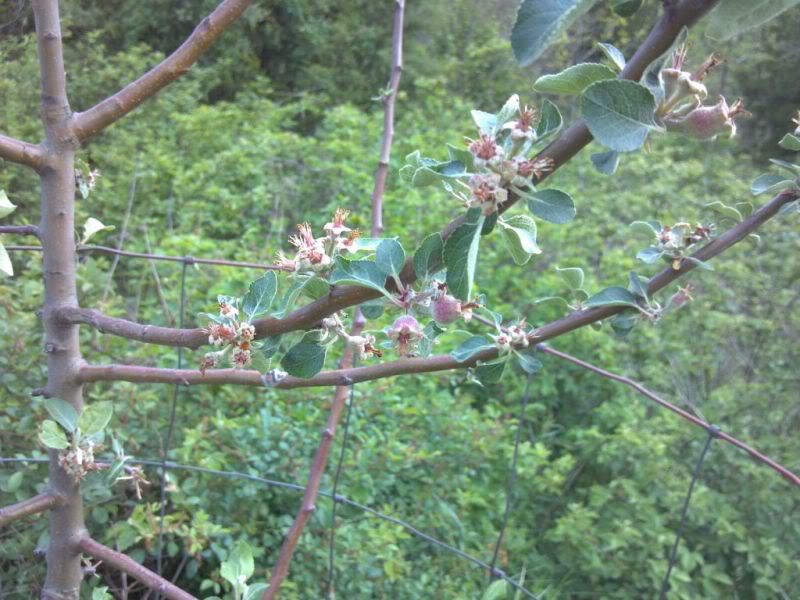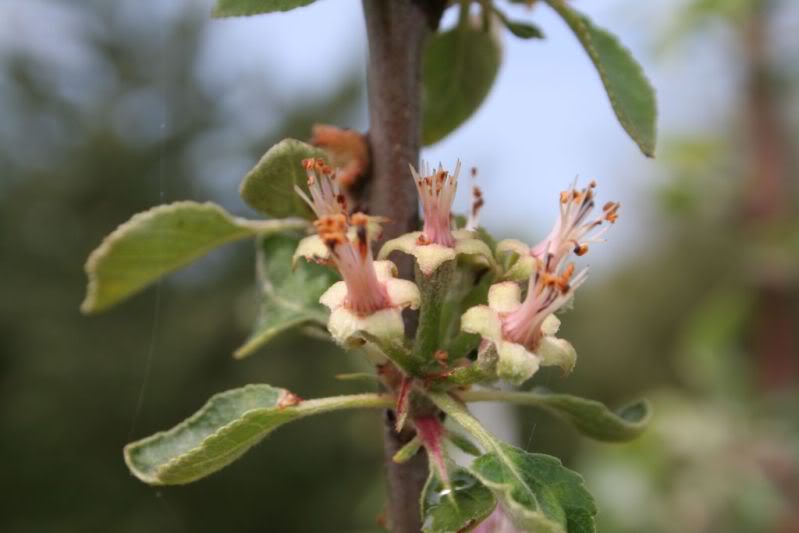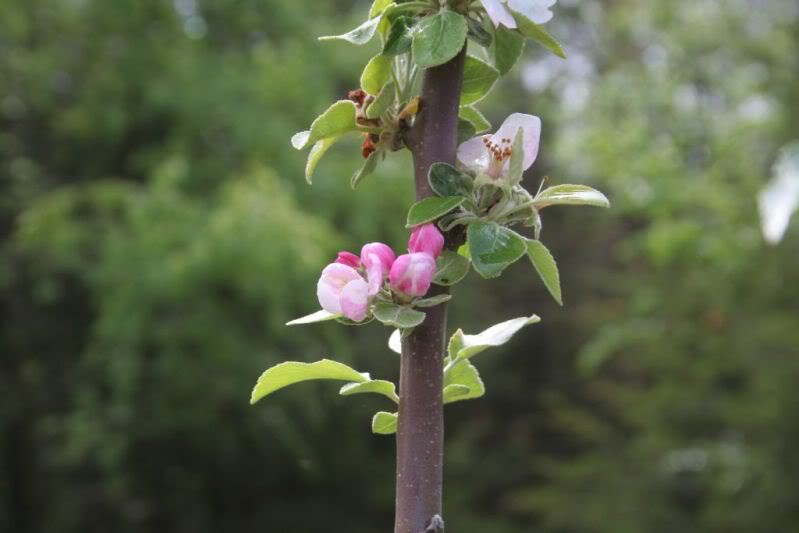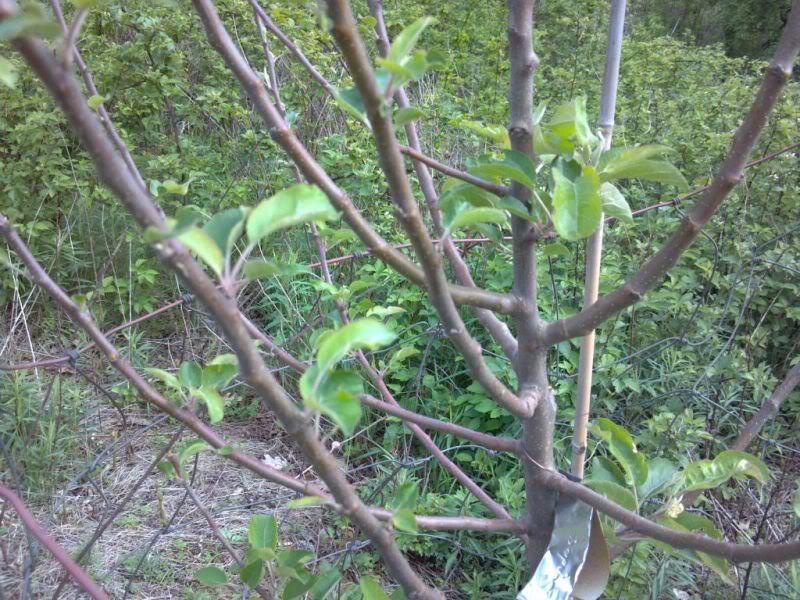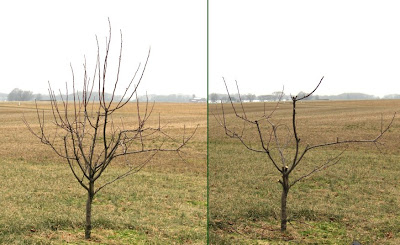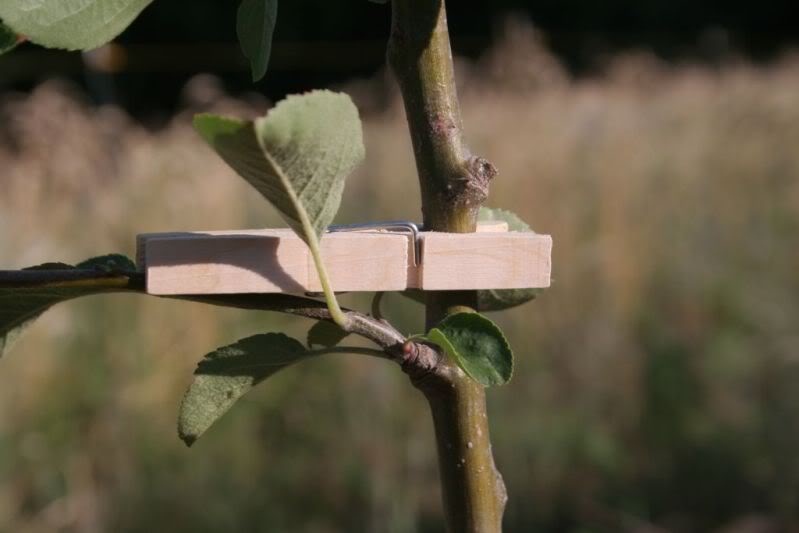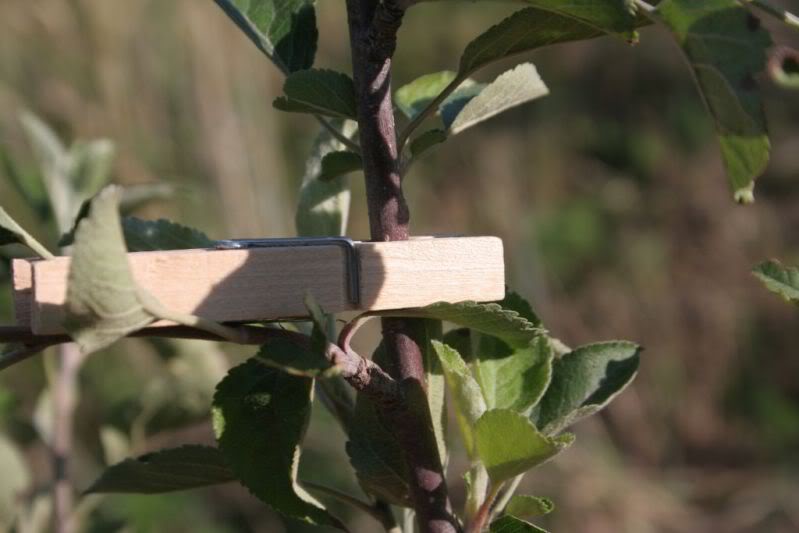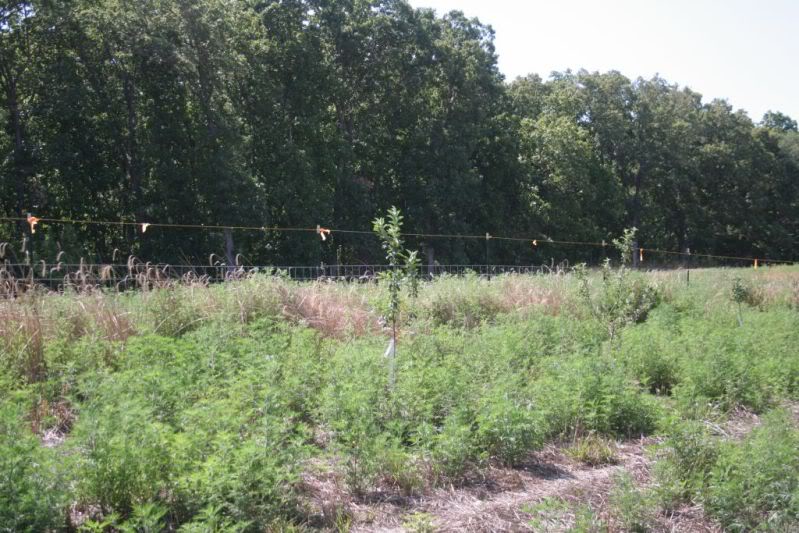SoDakarcher
Member
Pear Trees in the cold
Thought I would tap into the wealth of knowledge this sight provides by so many. Will be adding pear trees to an orchard of 10 apple trees. I will be ordering 5 Luscious Pear, 5 Summercrisp Pear and a dozen Harbin Pear. These seem to get the best reviews for central South Dakota and colder climates. Any thought or advice on these selections before the order goes in would be appreciated. Thanks in advance.
Thought I would tap into the wealth of knowledge this sight provides by so many. Will be adding pear trees to an orchard of 10 apple trees. I will be ordering 5 Luscious Pear, 5 Summercrisp Pear and a dozen Harbin Pear. These seem to get the best reviews for central South Dakota and colder climates. Any thought or advice on these selections before the order goes in would be appreciated. Thanks in advance.


